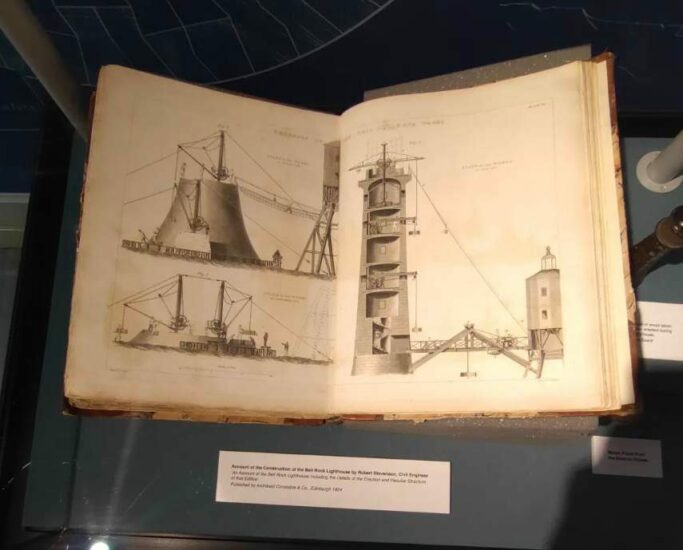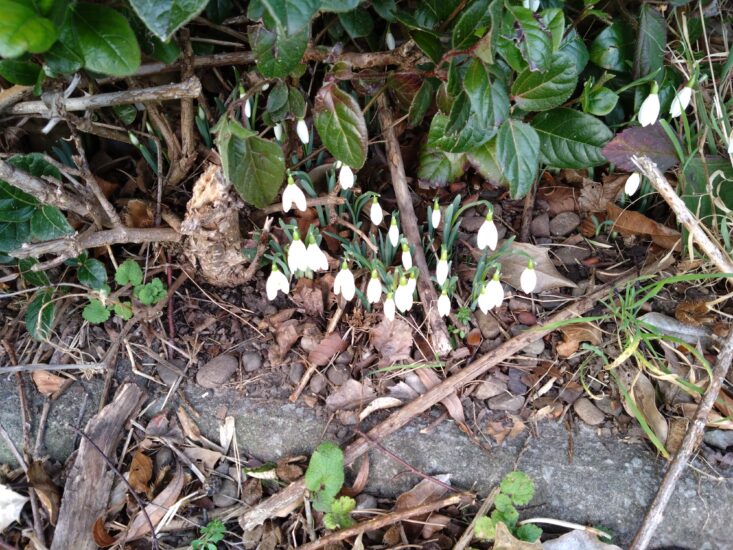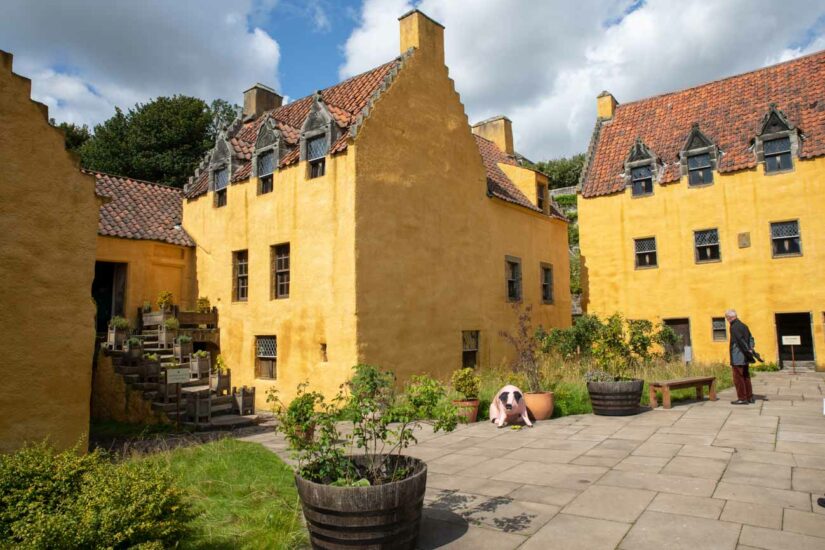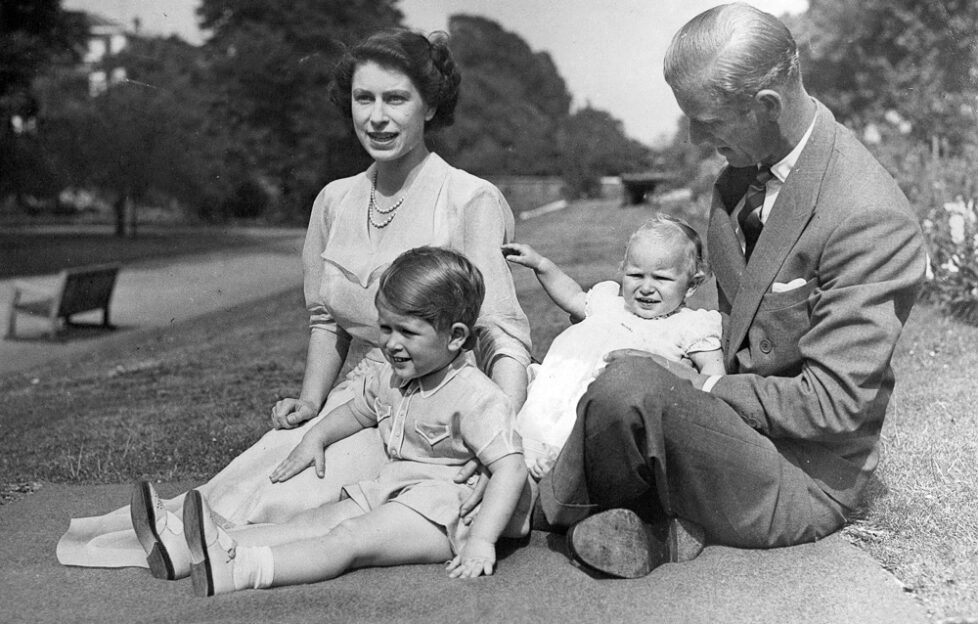 Alamy Stock Photo©
Alamy Stock Photo©We continue to honour Her Majesty by remembering when she first became Queen in 1952. Ian Lloyd writes about that day 70 years ago from our Platinum Jubilee special earlier this year.
The Queen was only twenty-five when she became monarch, the same age Elizabeth I was when she came to the throne.
Elizabeth II’s father, King George VI, had been in poor health for several years, mostly due to heavy smoking.
In September 1951 he had part of his left lung removed after cancer was diagnosed.
It had never been clear if his family understood the gravity of his illness and they felt reassured that at first he appeared to be getting better.
Anyone seeing footage of him at London Airport waving goodbye to Princess Elizabeth and the Duke of Edinburgh as they embarked on the first stage of a tour of the Commonwealth would, however, have had no doubt that he was a seriously ill man.
The young royal couple were heading for Australia and New Zealand, a tour that the King had hoped to undertake to thank the two nations for their help during the recent war.
Long-haul flights were still a thing of the future in 1952, so the journey would involve several stop-offs.
The first was in Kenya, where the Edinburghs were to stay for several days at Sagana Lodge, on the foothills of Mount Kenya.
They took time to unwind ahead of the arduous schedule awaiting them in Australasia.
They enjoyed walking and fishing, and the night of February 5 was spent at Treetops Hotel, a wooden structure built among the branches of a giant fig tree at a watering hole in the Aberdare National Park near the township of Nyeri.
Meanwhile, in Norfolk, the King and Queen were enjoying their last days of the Christmas and New Year holiday at Sandringham House, where they had celebrated with three-year-old Prince Charles and his sister Anne, aged eighteen months.
The King enjoyed a day’s shooting on his estate with Lord Fermoy, the grandfather of Princess Diana.
In the evening the Queen showed him some paintings by the local landscape artist Edward Seago, whom she’d visited that day, and Princess Margaret played the piano.
The three of them then listened on the wireless to the latest news bulletin on Elizabeth and Philip’s tour, before the King retired for the night.
Around midnight a night watchman heard the King close the window of his bedroom, which was on the ground floor.
At some point between then and seven-thirty, when his page entered his room intending to wake him, the King suffered a coronary thrombosis and died peacefully in his sleep.
The royal household then put a well-prepared plan into action.
The King’s private secretary, Alan Lascelles, telephoned his assistant, Edward Ford, in London, using the codeword for the monarch’s demise: “Hyde Park Corner. Go ant tell Mr Churchill [the Prime Minister] and Queen Mary [the King’s mother].”
At 10.45 a.m. local time the news agencies broke the story, and half an hour later the BBC’s John Snagge was selected to tell the shocked nation.
“It was announced from Sandringham at 10.45 a.m. today, February 6, 1952, that the King, who retired to rest last night in his usual health, passed peacefully away in his sleep earlier this morning.”
The one person that clearly should have been informed as soon as possible was the new Queen.
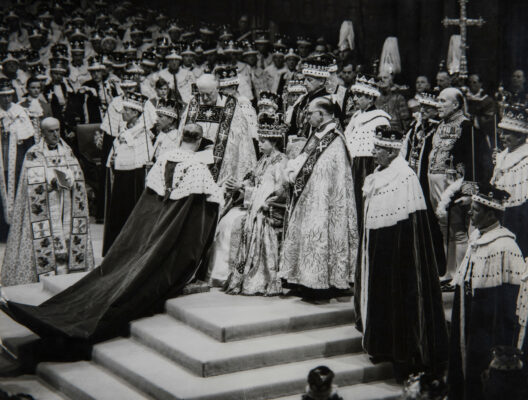
Alamy.
Elizabeth and Philip enjoyed their night at Treetops.
The princess filmed the animals coming down to drink at a nearby watering hole and she laughed as monkeys stole a toilet roll from the hotel and made off with it.
By the time she tucked into fried eggs and bacon for breakfast she had, unknowingly, already become Elizabeth II.
The Edinburghs returned to Sagana Lodge, some 20 miles away from the hotel, where Elizabeth wrote excitedly to her father all about the night’s events.
Philip, meanwhile, dozed on a sofa in the living-room.
The palace telegram breaking the news never made it to Sagana Lodge.
One theory is that the brief but telling message, “Hyde Park Corner”, confused the telegraphist sending it.
Elizabeth’s private secretary, Martin Charteris, had set off to have lunch at Outspan Hotel, where the media covering the tour was staying.
A journalist told him that a rumour was circulating that the King had died.
Charteris rang Sagana Lodge and told Philip’s equerry Michael Parker, who decided not to tell the royal couple until he could verify the news.
He tuned the radio to get the BBC’s world service, which was playing solemn music. Eventually the music was interrupted with another announcement of the King’s death.
Parker walked round the outside of Sagana Lodge until he could see the Duke of Edinburgh resting on the sofa.
He managed to attract his attention and broke the devastating news.
“He looked as if you’d dropped half the world on him.
I never felt so sorry for anyone in all my life,” Parker recalled later.
Philip said that it would be “the most appalling shock” for Elizabeth.
Philip then asked Elizabeth to join him outside.
“He took her up to the garden,” Mike Parker recalled, “and they walked slowly up and down the lawn while he talked and talked and talked to her.”
He also noticed “she was weeping desperately for the loss of her father.”
At about five p.m. local time (two p.m. Greenwich Mean Time) the royal party left Sagana Lodge for Nanyuki Airport, to catch a flight that would take them to the royal aeroplane in Uganda.
Ordinary Kenyans reportedly lined the roads calling, “Shauri mbaya kabisa” (“the very worst has happened”).
They flew to Entebbe, where raging storms delayed the connecting flight and Elizabeth was obliged to wait with local officials until her aircraft had been cleared for take-off.
There was yet another delay of an hour while the BOAC aircraft landed in Libya for refuelling.
Eventually, at 19 minutes past four on February 7, the royal party landed at London Airport. Looking out of the window, Elizabeth noticed the formal palace cars on the tarmac instead of her own.
The Queen’s uncle, the Duke of Gloucester, and the Private Secretary, Alan Lascelles, went on board.
At four-thirty she descended from the aircraft, the British Queen finally on British soil.
Here she began the formalities in her homeland, shaking hands with Philip’s uncle, Earl Mountbatten, Prime Minister Winston Churchill, leader of the opposition Clement Attlee and the Deputy PM Anthony Eden.
It was to be the first duty in 70 years of unparalleled service to the monarchy, the nation and its people.
Read more of our tributes to the Queen.


